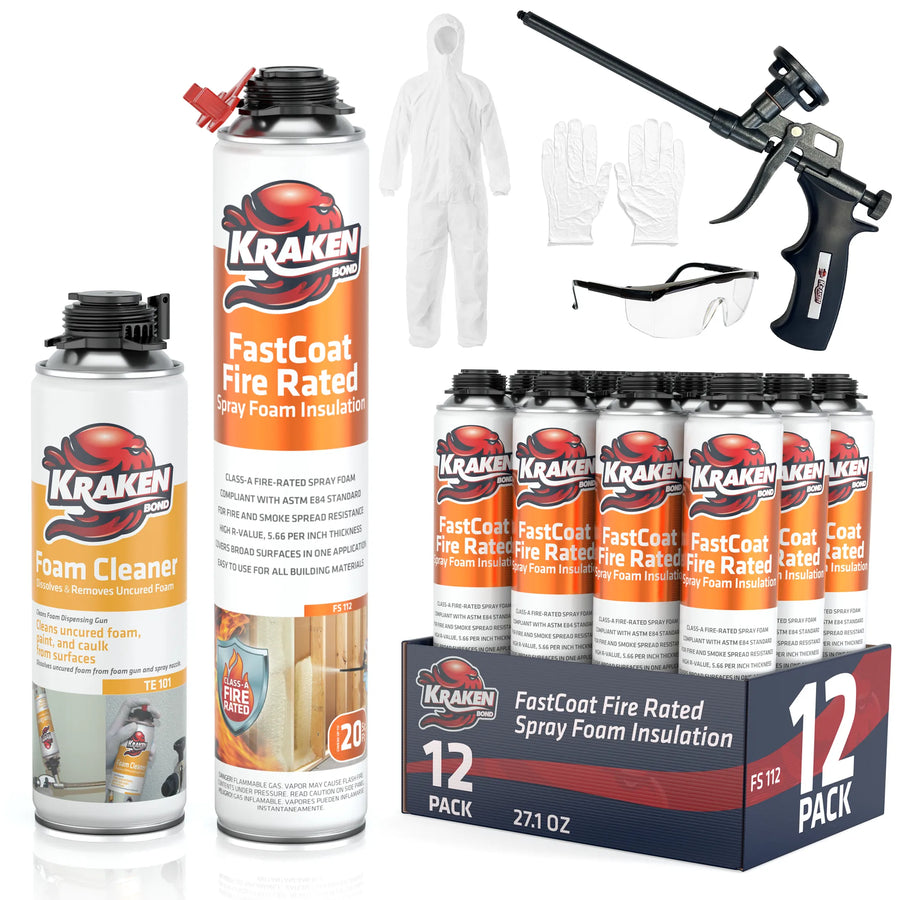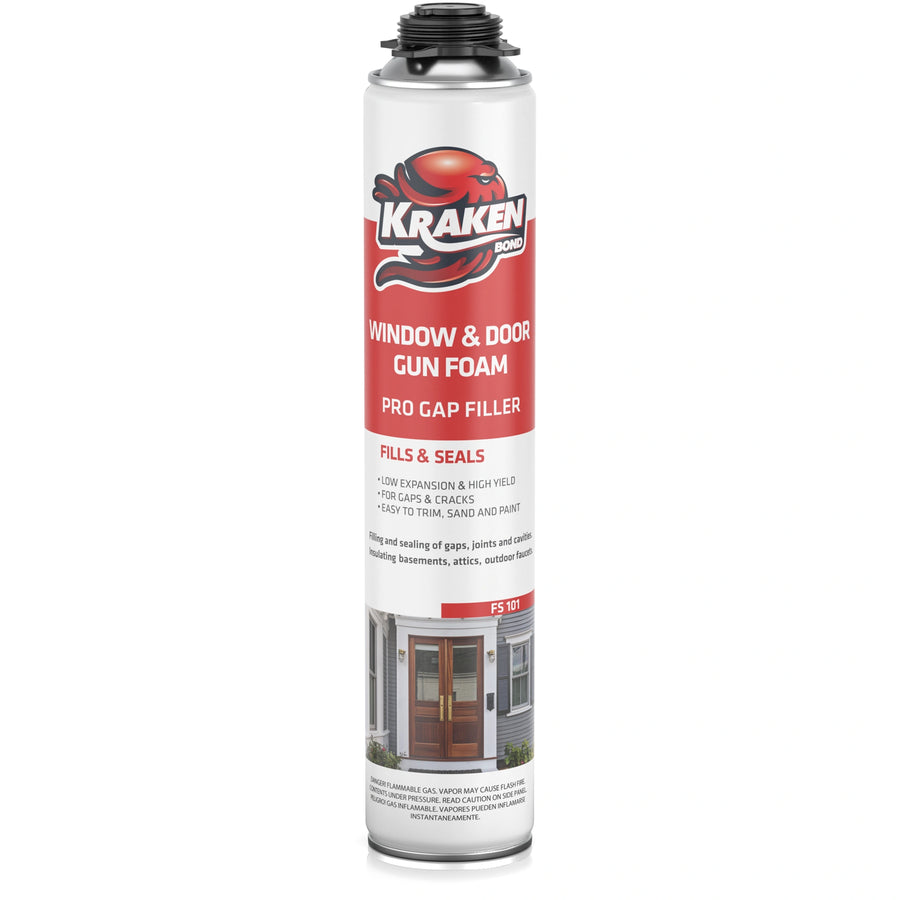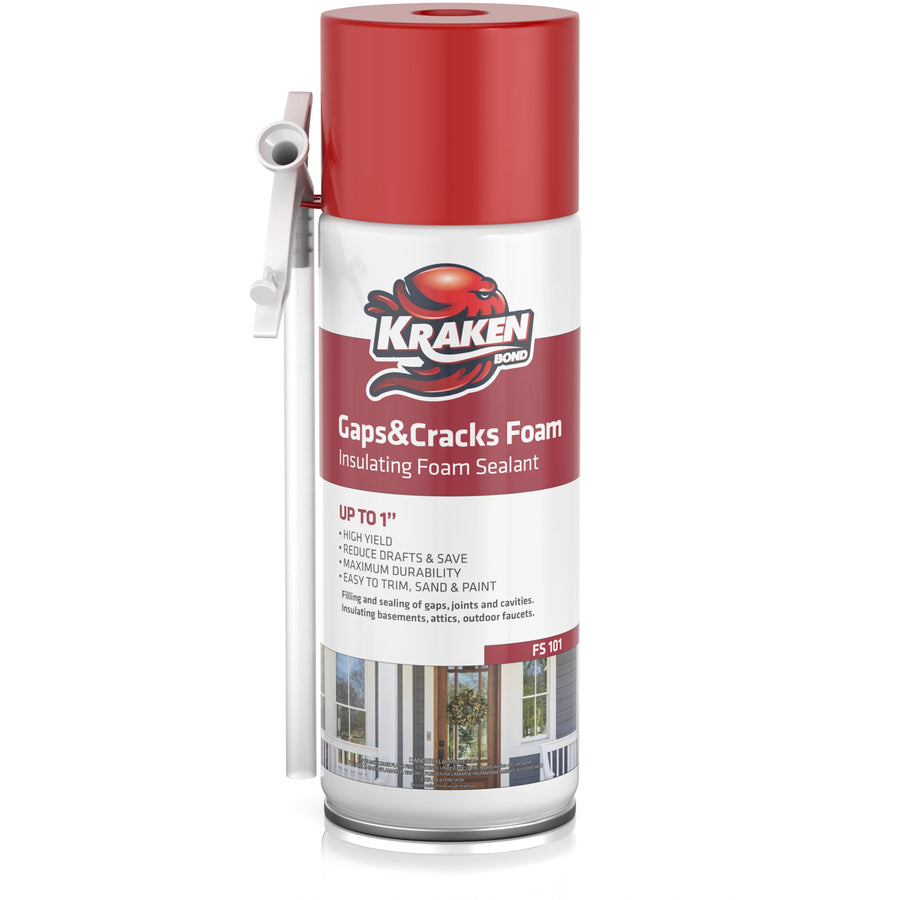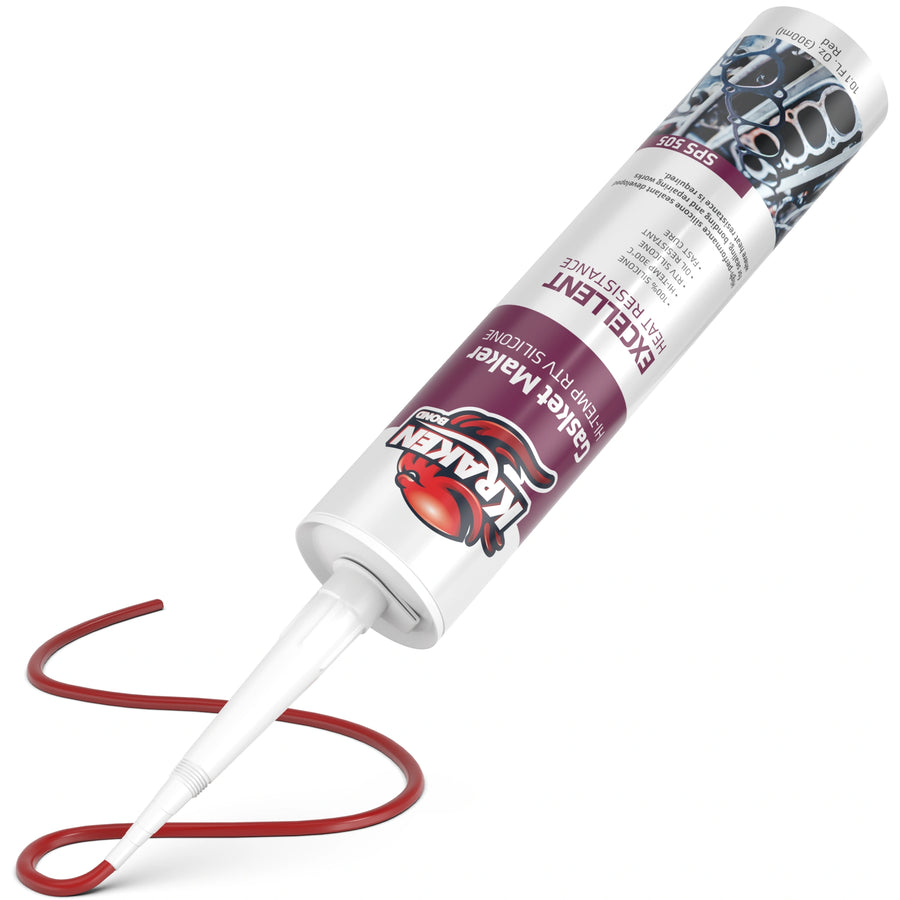How to Caulk Baseboards: A Step-By-Step Guide For A Polished Finish
Learn how to caulk baseboards like a pro with our comprehensive step-by-step guide. Perfect for homeowners and DIY enthusiasts, this detailed tutorial covers everything from gathering your tools and supplies to applying caulk with precision. Discover expert tips for achieving a flawless finish, sealing gaps, and enhancing your space's aesthetics. Say goodbye to unsightly gaps and hello to a polished, pest-free wall.

One way to make your space look exquisite is to learn how to caulk baseboards and keep it well maintained. The process of caulking baseboards is more than just sealing holes; it adds aesthetics to your wall.
As a homeowner or DIY enthusiast, this post is all the guidance you need to caulk like a pro. It includes a detailed step-by-step guide that contains 8 steps about how to caulk baseboards. Furthermore, you will learn expert tips for flawless baseboard caulking.
How to Caulk Baseboards?
To caulk baseboards effectively follow these 8 steps;
- Gather Your Tools & Supplies
- Prepare the Baseboards
- Apply Painter's Tape
- Cut the Caulk Tip
- Apply the Caulk
- Smooth the Caulk Line
- Remove Painter's Tape
- Let It Dry
Caulking is a necessary home improvement skill. It makes your wall look smooth and neat. In addition, learning how to caulk baseboards to floor seals entry points for pests, rodents, etc. Here is a detailed step-by-step guide to giving your wall a pristine finish:

Step-1 : Gather Your Tools & Supplies
The first step is gathering the necessary tools and supplies for the caulk job. Then choose the right caulk for the job. Different types of caulk are suitable for caulking baseboards. However, get a paintable caulk such as acrylic latex caulks for caulking baseboards.
Silicone caulks are ideal for bathtubs, sinks, etc., but they are not paintable. Check out this collection of quality caulks for baseboards.
Here is a list of 9 necessary tools & supplies needed for caulking baseboards:
- Caulking Gun
- Caulk
- Utility Knife
- Painter's Tape
- Gloves
- Damp cloth or sponge
- Warm Water
- Kneepads or foam knee rest
- Cleaning Supplies (wire brush, methylated alcohol, paper towel)

Step-2: Prepare the Baseboards
Prepare baseboards for caulking by first removing the old caulk if it exists. To remove the old caulk, use a utility knife or wire brush to remove as much of it as possible. Ensure you scrape away at least 90% of the old caulk for a clean surface.
Then use a cloth soaked in methylated alcohol to clean the baseboards. Allow the baseboards to dry properly so the new caulk can adhere properly. Wipe the surface down at least three times with the alcohol-soaked cloth to achieve a 99% cleanliness level. Allow the baseboards to dry properly for approximately 30 minutes, so the new caulk can adhere properly.

Step-3: Apply Painter's Tape
Apply painter’s tape on the wall as guidance before caulking baseboards. To do this, apply a stripe of the painter’s tape approximately 1 inch above and below the area to be caulked. This will create a clean and straight line to ensure that your caulk application remains within a precise boundary.

Step-4: Cut the Caulk Tip
Cut the tip of the tube at 45 degrees with a knife. It helps to control the flow and release small beads of caulk.
Step-5: Apply the Caulk
Before you begin to apply the caulk, you should know how to use and load a caulk gun correctly. Then take a couple of practice runs on a piece of wood or paper to familiarize yourself with controlling the flow and the amount of pressure to apply.. This will help you know how to control the flow and the amount of pressure to apply. Cut a slightly bigger hole if the caulk gun squeezes too hard.
After getting the hang of the application using the practice run, move over to the baseboards. Place the nozzle at one end of the baseboards, then apply the caulk at a steady pace as you move from one end to the other. Apply the caulk on the area divided by the painter’s tape.
Step-6: Smooth the Caulk Line
After applying the caulk, smoothen the caulk. To do this, gently wet your finger with warm water and run through the applied caulk to create a smooth finish. You can also put on gloves while carrying out this step. This process typically takes about 2-3 minutes per linear foot of caulked baseboard, and using gloves can reduce the chance of skin irritation.

Step-7: Remove Painter's Tape
Remove the painter’s tape immediately after smoothing the caulk line. It is important to do this within 10-15 minutes before the caulk gets dry.
Step-8: Let It Dry
The caulk should be allowed to dry according to the manufacturer's instructions , which typically recommend waiting for 24 hours. Avoid touching or spilling water on the caulk while you wait for it to dry.
Expert Tips for Flawless Baseboard Caulking
To efficiently learn how to seal baseboards, here are some 6 pro tips you need to know.
-
Use Paintable Caulk
When caulking baseboards, use a paintable caulk. Paintable caulks enhance the overall appearance of your spaces by ensuring a seamless finish that matches your baseboards, increasing the aesthetic appeal by up to 100%.
-
Fill Gaps or Cracks
Unfilled large gaps reduce the efficiency of the caulk and create an entry point for pests. Use a foam backer rod to fill large gaps or cracks before caulking. Filling gaps creates an even appearance and an aesthetically pleasing caulking job, improving energy efficiency by up to 30%.
-
Practice Control
If you are new to caulking, practice how to control caulk flow. Applying small caulk beads is the best way to control the flow. Therefore, cutting off a small part of the nozzle at a 45 degree angle,, leaving an opening of approximately 1/8 inch, is important. Then squeeze the trigger gently to release a consistent amount of caulk, aiming for bead diameters of around 1/4 inch, which is ideal for most caulking applications.
-
Hold The Caulk Gun at a 45-Degree
When applying the caulk, hold the caulk gun at about 45 degree angle and move it smoothly along the gap. Ensure you apply enough pressure to release the caulk from
-
Allow The Caulk Time to Dry
Allow the caulk to dry for the recommended time before painting or touching. Please refer to the manufacturer’s instructions for details about the drying time, which is typically between 30 minutes to 24 hours, depending on the type of caulk used.
-
Don't Mix Different Types of Caulk
Mixing different types of caulk can reduce the effectiveness of your caulking job. It can cause poor adhesion, uneven appearances, and difficulty in application. Use a single type of caulk product to produce an excellent caulking job.
FAQs
Should You Caulk Between Baseboard And Floor?
Yes, applying caulk on that tiny space between the baseboard and the floor is important. Caulking between the baseboard and floor will seal holes or gaps that can be used as entry points for rodents. It also helps to reduce air infiltration from outside.
Do You Caulk Baseboard Trim Before or After Painting?
Caulk baseboard trim before painting is the better option. This is because all the holes and gaps in the wall can be sealed properly before painting. Caulking baseboard trim after painting can make the work look untidy.
What is The Best Caulking to Use on Baseboards?
The best option for caulking baseboards is paintable acrylic-latex caulks. Acrylic latex caulks are ideal for indoor caulking because they are paintable. They are durable, flexible, and highly adhesive.
Is Silicone or Caulk Better For Baseboards?
Silicone caulks are durable, flexible, and can withstand temperature changes, but they are not paintable. Acrylic latex caulks are a better option since they are paintable.
Should I Tape Before Caulking Baseboards?
Use painter's tape as a guide to ensure a perfect caulk application. Apply a stripe of tape above and below the area to be caulked.
Author : Krakenbond Team

















Leave a comment